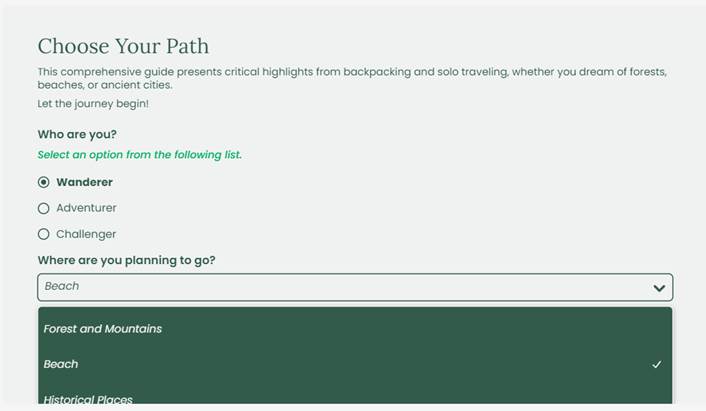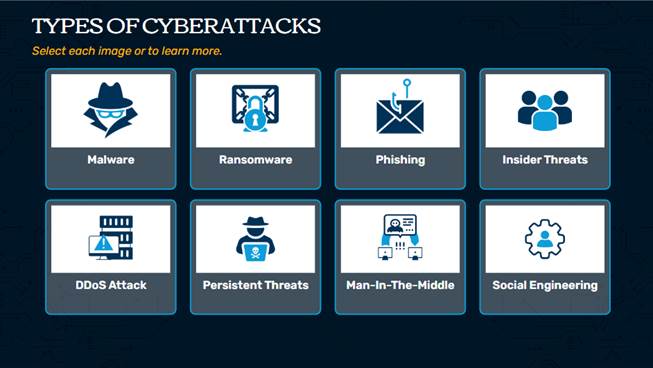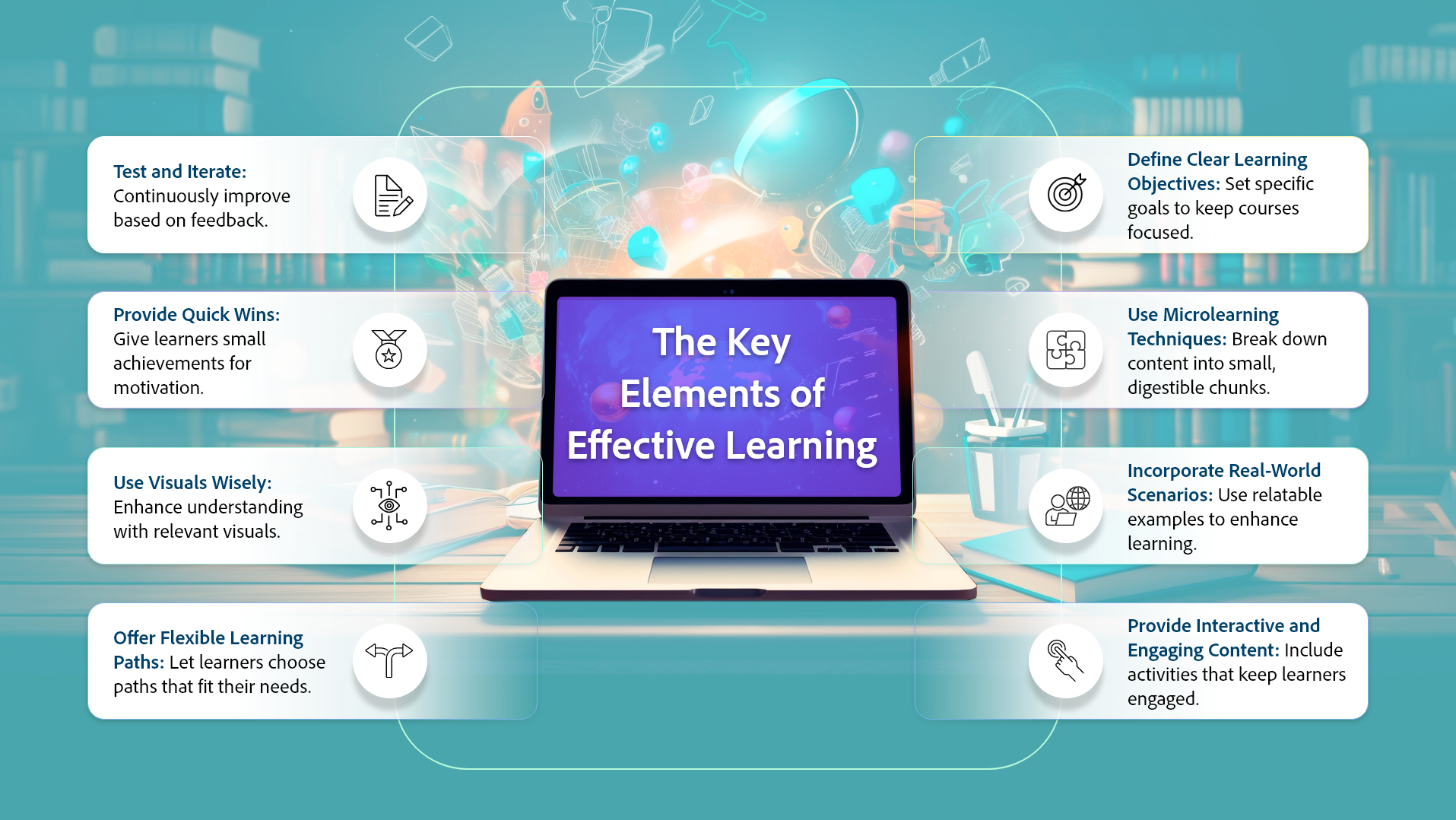
Introduction
Do you have the courage to face the truth about your learners’ perceptions of your courses? Let’s find out together.
In today’s fast-paced world, time is one of the most valuable resources. This holds especially true in eLearning, where learners are often juggling multiple responsibilities and commitments. Whether it’s professional development, onboarding, or skills enhancement, the last thing a learner wants is to feel their time is wasted. So, how can we ensure that eLearning courses are engaging, efficient, and respectful of learners’ time? Let’s dive into some practical strategies to create eLearning courses that deliver maximum value without unnecessary filler.
Define Clear Learning Objectives
One of the most common pitfalls in eLearning design is the lack of clear and concise learning objectives. Without a clear goal, courses can quickly become directionless, causing learners to lose focus and feel their time is being wasted. Start by defining what success looks like for your course. What should learners know or be able to do by the end? These objectives should be specific, measurable, and aligned with the learners’ needs. For instance, if you’re designing a course on Cybersecurity, a clear objective could be: ” Learners will be able to identify and mitigate common cybersecurity threats using industry-standard tools and best practices.”
Take a look at this quick mock-up.

Cut the Fluff
When it comes to eLearning content, less is often more. Resist the urge to overload your course with information that isn’t directly tied to your learning objectives. Every piece of content, whether it’s text, video, or an interactive element, should serve a purpose. Ask yourself: Does this help the learner achieve the course objectives? If not, it’s time to trim the fat.
Instead of lengthy background information on the history of a topic, focus on practical, actionable content. For a course on negotiation skills, skip the long-winded theories and jump straight into practical techniques, like effective communication.

Use Microlearning Techniques
Microlearning is the practice of breaking down content into bite-sized, self-contained learning units. This method caters to the modern learner’s attention span and allows them to engage with content in short bursts, rather than committing to lengthy sessions. Microlearning not only respects the learner’s time but also improves retention and understanding by allowing them to focus on one concept at a time.
Instead of a one-hour module on customer service, break it into five-minute segments. Where each segment focuses on a specific skill, such as handling complaints, active listening, or closing a call effectively.

Incorporate Real-World Scenarios
Learners are more likely to engage with content that they find relevant and applicable to their daily lives or work. Incorporate real-world scenarios, case studies, or problem-solving exercises that reflect the challenges learners face. This not only makes the learning process more engaging but also ensures that learners can immediately see the value in what they’re learning.
For a cybersecurity course, use scenarios that showcase real-life cyberattacks.

Provide Interactive and Engaging Content
Interactive content is a great way to keep learners engaged and invested in their learning journey. Activities like quizzes, drag-and-drop exercises, and interactive videos allow learners to apply what they’ve learned immediately, reinforcing the material and making the experience more dynamic. This interactivity breaks up the monotony of passive learning and keeps the learner’s attention focused on the course material.
For a health and safety training course, include interactive hazard identification exercises where learners can receive real-time feedback on their observations and corrective actions.

Offer Flexible Learning Paths
Not all learners are the same; they come with different levels of knowledge, skills, and learning preferences. Offering flexible learning paths allows learners to skip content they already know and focus on areas where they need improvement. This not only saves time but also keeps learners engaged, as they can tailor their learning journey to their needs.
In a backpacking and solo traveling course, learners can take a pre-assessment to identify their areas of interest and focus on those topics.

Use Visuals Wisely
A picture is worth a thousand words, but only if it’s used correctly. Visuals should be used to enhance understanding, not just to decorate slides. Infographics, charts, and diagrams can help break down complex information into easily digestible visuals. However, ensure that these visuals are clear, relevant, and add value to the learning experience.
For a course on Cybersecurity, use clear images to explain types of cyber-attacks rather than lengthy textual descriptions. This approach not only saves time but also makes complex data more accessible.

Provide Quick Wins
People like to feel a sense of accomplishment, and this can be a powerful motivator in learning. Design your course in a way that provides quick wins— small, easily achievable goals that help learners progress faster and save time. This could be through immediate feedback on a quiz, a badge for completing a module, or a summary of key takeaways after a lesson.
In a product training course, assign a simple task such as identifying the most effective sales strategy. Providing immediate feedback on their answer will help learners feel confident in their product knowledge and encourage them to continue their training.

Test and Iterate
Finally, remember that creating effective eLearning courses is an iterative process. Regularly gather feedback from learners to understand what works and what doesn’t. Use this feedback to refine and improve your courses. What may seem clear and concise to you might not resonate with your audience. Continuous improvement ensures that your courses stay relevant, engaging, and efficient.
After rolling out a training program, collect feedback through surveys or informal interviews. If learners found a particular module too long or not relevant, adjust the content accordingly.

Conclusion
Creating eLearning courses that respect and maximize your learners’ time is not just about cutting content; it’s about smart design. By focusing on clear objectives, relevant content, and engaging delivery methods, you can create learning experiences that are both efficient and effective. Always keep the learner’s perspective in mind: if it feels like a waste of time to them, it probably is. Designing with intention, empathy, and a focus on real-world application will ensure your courses hit the mark every time.
